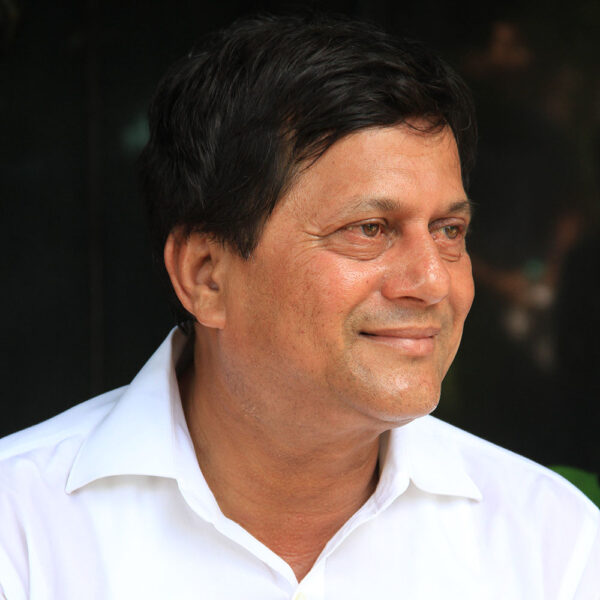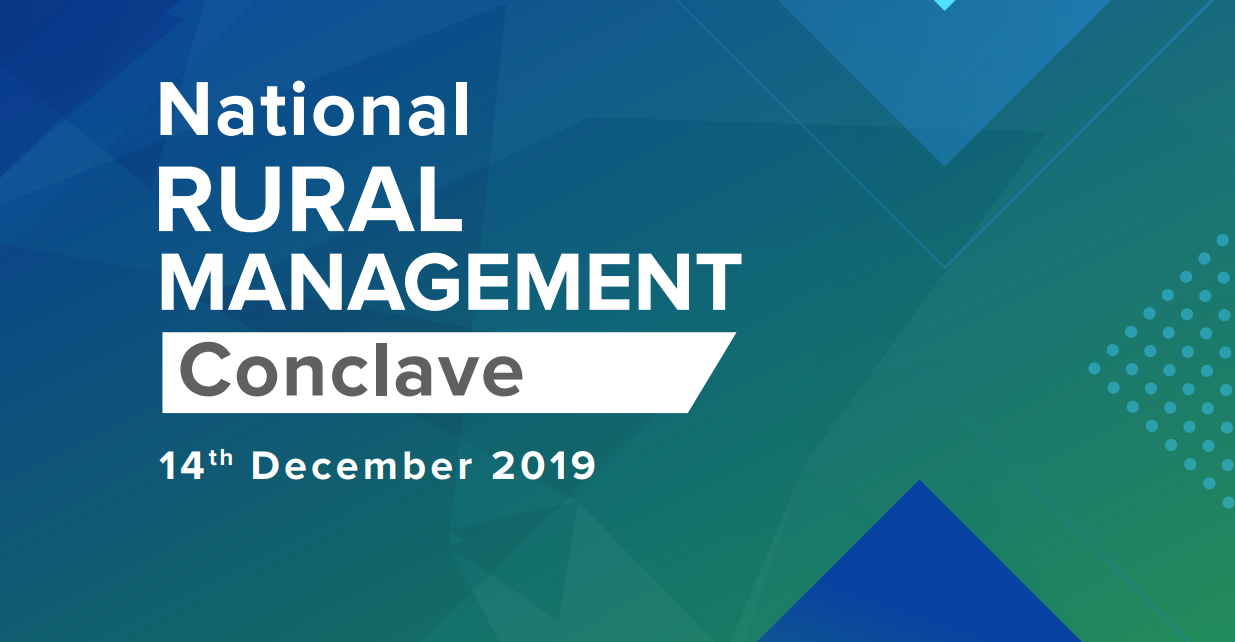Context
Gandhiji in early 20th Century told that “The soul of India lives in its villages”. Over the years, different development policies and programmes have brought a significant change in the life and the livelihoods of people in rural India. However, the rural-urban divide in socio-economic conditions of people has been increasingly noticed. Interventions in rural contexts are still lacking innovation and collaboration. Adaptation of technology, improvement of skill matching to the need of the emerging market and cost-effectiveness in managing credit continue to be the grey areas in rural India. Managing development in this context links to multiple dimensions including education, health, environment, disasters, skill, livelihoods and finance. Moreover, rural professionals get further challenged with uncertainty and risk aversiveness.
The overall objective of the conclave is to bring development / business practitioners, academicians and students to a common platform and discourse on various challenges and way forward with special reference to sustainable development and rural finance.
Theme-1
Frontiers of Sustainable Development: Challenges and Prospects
The frontiers of sustainability in development especially in rural contexts have been challenged by the emerging complexities in the linkages among socio-economic, environmental and political dimensions of development. Moreover, it has been widely felt that development in rural contexts needs to be managed professionally with appropriate knowledge, attitude and skill. The professionals are expected to equip themselves to face the challenges in ensuring sustainability in frontiers of development.
The following important questions, in this context, need special attention:
1. What are the important frontiers of sustainable development, which needs to be focused?
2. How are innovation and collaboration challenged?
3. What are the possibilities to ensure innovation and collaboration in sustainable development? What and how to prepare for this?
4. What are the prospects on mitigating climate change challenges and natural resources degradation? What are the possibilities in ensuring intergenerational equity? What and how to prepare in this regard?
5. What are the roles and possibilities of institutional mechanisms (at what level) in sustainable development?
Theme-2
Rural Financing: Saviour of Economic Slowdown
India is going through a slowdown in growth trajectory. The International rating agency has downgraded the country rating. The growth projections are slowing down in each quarter. The corporates are not investing; credit offtake is very low. There is high level of unemployment. Combined, all these are resulting in a slowing down of the consumption demand in the economy. Many economists and policy makers have opined that in a country of 1.3 billion population, where more than 65 per cent remain in the rural areas, direct cash transfers to the rural economy can boost the demand. Now coming to how do we provide more money in the hands of rural people. It can be through schemes like MGNREGA; more investment in rural areas in the form of roads, irrigation, rural godown; adequate financing agriculture and rural traders, and rural housing. India provides $200 billion agriculture credit every year to small and marginal farmers. However, it is much less in terms of term loans; major portion is crop loans. The crop loans are mostly ever greening of the existing loans and in real term much less additional loan is provided. The real credit flow to agriculture should be significantly increased. Govt/NABARD is planning to form 10,000 new FPOs, as announced in this year’s union budget. This will be a boosting factor in uptake of agricultural credit.
The following questions, in this context, need special attention:
1. What are the important operational link between sluggish growth of rural economy especially agriculture and finance?
2. What are the important challenges and way forward for financing innovation and technology adaptation in rural economy?
3. How can the value chain funding in agriculture be augmented, especially when farmers anchor it?
4. What are the important frontiers of financing rural sectors that need to be focused?


